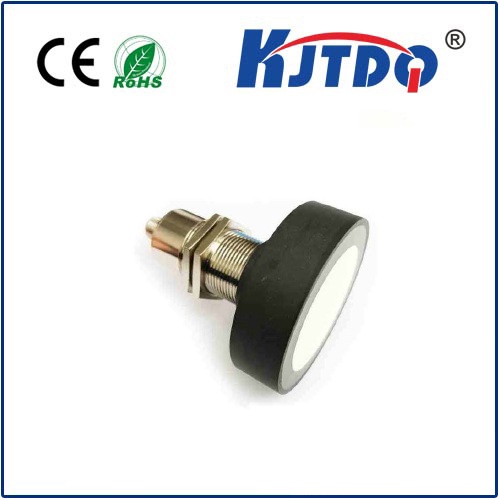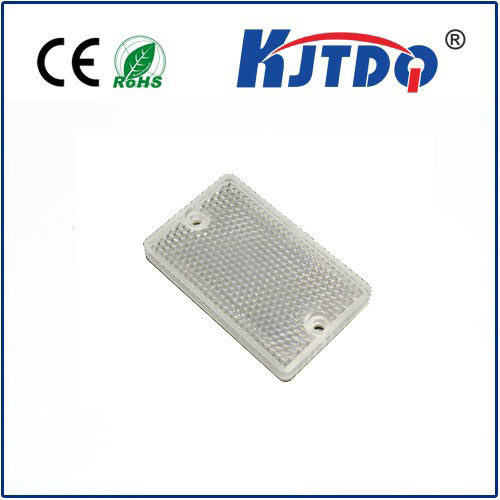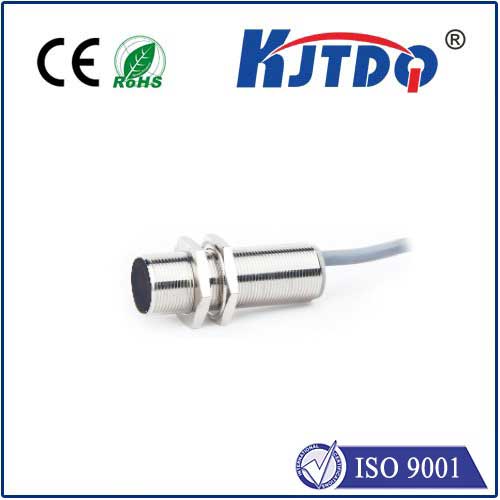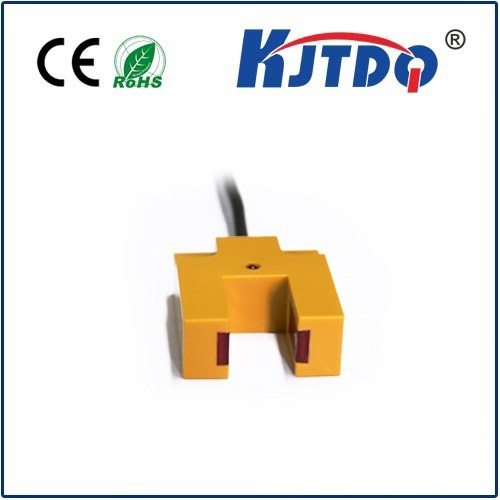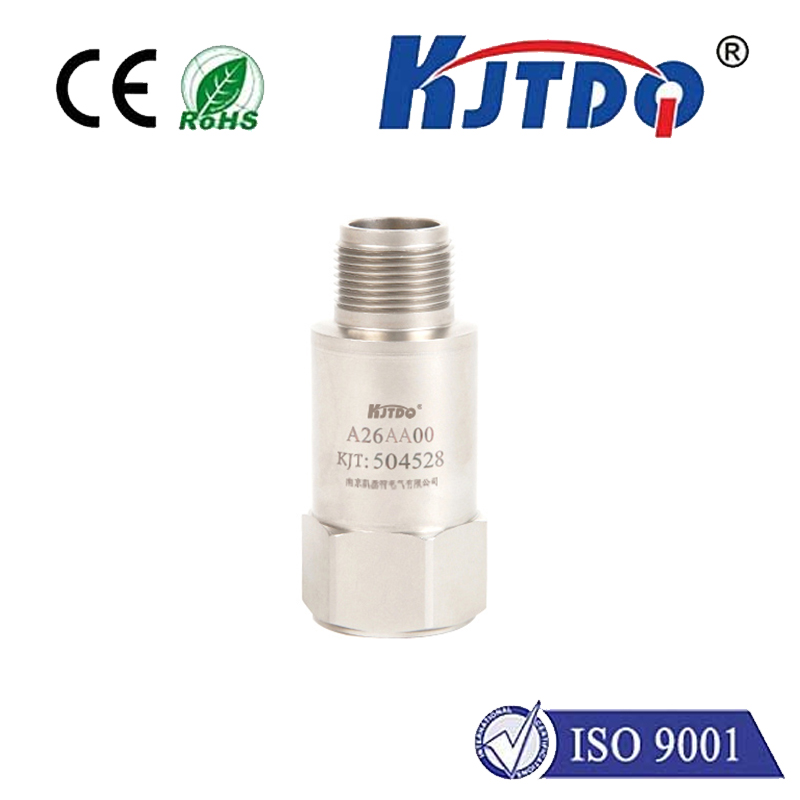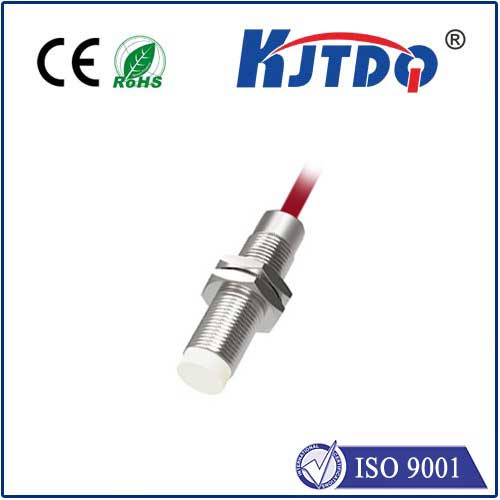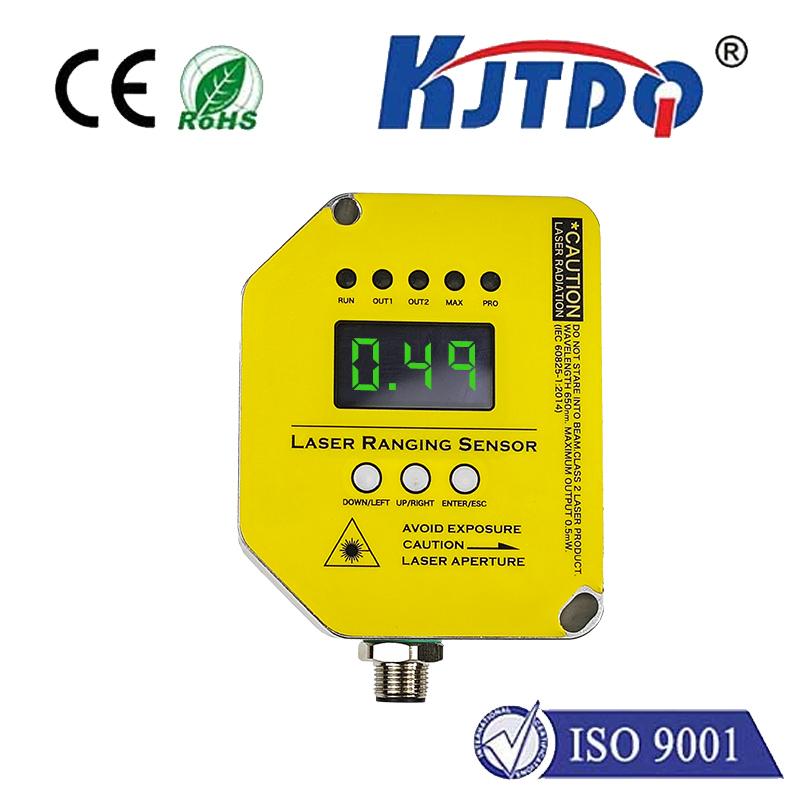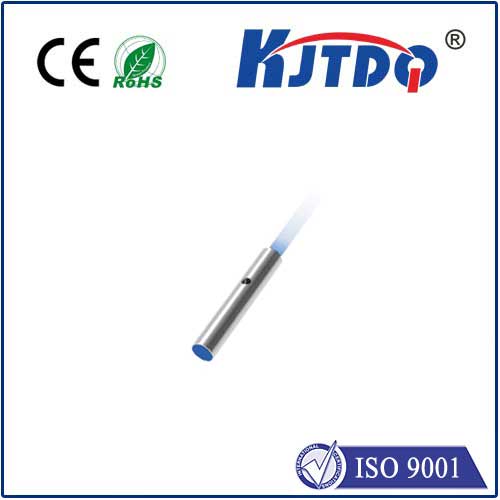
check

check

check

check
A PNP proximity sensor is a specific type of electronic sensor designed to detect the presence or absence of an object within a certain distance without physical contact. The term “PNP” refers to the type of transistor used in the output circuit, where “PNP” stands for the combination of p-type (positive) and n-type (negative) semiconductor materials that characterize the transistor’s architecture. This configuration influences how the sensor operates and interfaces with other electronic systems.
The fundamental principle behind a PNP proximity sensor involves the use of an electromagnetic field or light beam to sense objects. When an object comes within the sensor’s range, it interrupts this field or modifies its properties, which in turn causes a change in the electrical output signal of the sensor. This change can be in the form of voltage, current, or resistance. In a PNP proximity sensor, when the detected object breaks the electromagnetic field or light beam, the sensor generates a negative signal output. Conversely, when there is no object detected, the sensor produces a positive signal output. This operational characteristic makes PNP proximity sensors ideal for applications where a positive signal indicates the absence of an object, such as in safety monitoring systems.
Non-Contact Sensing: Unlike mechanical switches, PNP proximity sensors operate without direct physical contact, reducing wear and tear.
High Accuracy and Reliability: These sensors offer precise detection and long-term reliability, making them suitable for critical applications.
Versatility: They can detect various materials, including metals, plastics, and liquids, depending on the technology used (capacitive, inductive, or photoelectric).
Quick Response Time: PNP proximity sensors provide rapid response times, enabling instant detection and reaction.

Compact Size: Their small form factor allows them to be easily integrated into tight spaces and complex machinery.
PNP proximity sensors are widely used across various industries due to their versatility and efficiency. Some common applications include:
Industrial Automation: Used in conveyor systems to monitor the presence of products or to control the speed of moving parts.
Safety Systems: Integrated into machinery to ensure operator safety by detecting the presence of personnel in hazardous zones.
Automotive Industry: Applied in vehicle manufacturing plants for component detection and quality control.
Robotics: Employed in robotic arms and automated guided vehicles for precise object handling and navigation.
Consumer Electronics: Used in devices like smartphones for proximity detection to turn off screens when covered.
Enhanced Safety: By providing non-contact sensing, they help in reducing the risk of accidents in industrial settings.
Increased Efficiency: Automating processes through accurate object detection enhances productivity and reduces downtime.
Cost Savings: Durable and reliable operation means fewer maintenance costs over time.
Easy Integration: Compatible with a wide range of digital systems and controllers, facilitating straightforward implementation into existing setups.
PNP proximity sensors have become indispensable components in modern automation and safety systems, thanks to their reliable performance, high accuracy, and ease of integration. Whether you’re looking to enhance industrial processes, improve workplace safety, or develop cutting-edge consumer electronics, understanding and utilizing PNP proximity sensors can offer significant advantages. By choosing the right sensor for your application, you can achieve optimal results and ensure the smooth operation of your systems.
